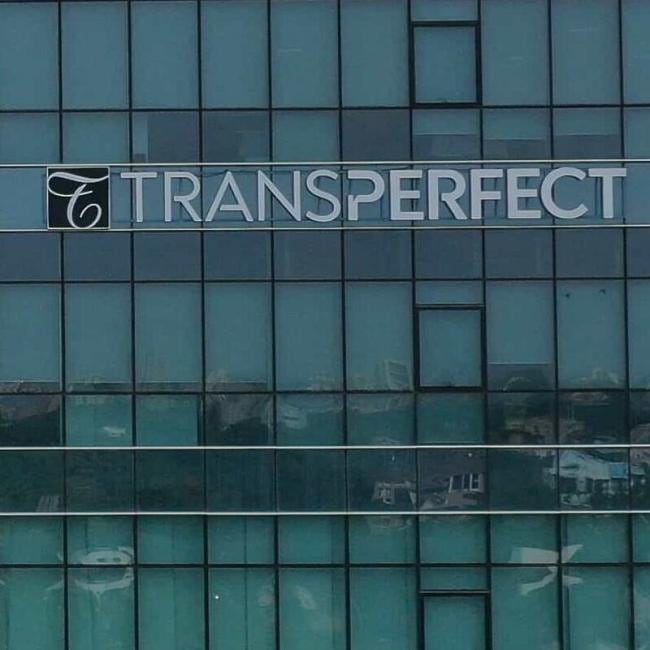The Value of Treating Machine Translation as a Program—Not a Plug-in


Recent advancements in the technology underlying neural machine translation (NMT) have led to an unprecedented expansion in how MT is applied as a tool for greater savings and efficiency. Similarly, the growing accessibility of NMT technology has led to an increased number of suppliers focused on an MT plug-and-play model, offering quick and often simplistic solutions for otherwise complex business problems. As a result, clients may not be getting good results or the return that they expected.
In response to the ever-evolving landscape of MT, and in contrast to the growing number of providers offering off-the-shelf solutions, we’ve adopted an approach to MT implementation based on the premise that MT should operate as a customizable program rather than a plug-in. In this approach, we work closely with clients to design custom solutions that incorporate MT into wider localization strategies and align the benefits of MT with each client’s business goals to maximize impact. In addition, our approach offers our clients transparency and flexibility in contrast to the black box offered by other providers by using data and best practices to drive decision-making in a centralized translation technology ecosystem powered by AI.
Working collaboratively with our customers, we ask and seek answers to three core questions, which we’ll explore in detail in this blog post.
#1 What’s the Business Problem That You’re Trying to Solve?
We begin the program-based approach to MT by clearly outlining the business problem that our clients are trying to solve. This step is designed to mitigate risks associated with simply plugging in an off-the-shelf MT solution and applying it uniformly across all use cases, languages, and content types. In addition, by working collaboratively with our clients, we may uncover other business problems that we can also address as part of the MT solution.
Although a business problem may seem obvious, it’s not uncommon for organizations to start by viewing MT as “the solution” rather than analyzing the core problem. Unfortunately, when this happens, clients may not realize all of the potential benefits of MT and may create an ill-fitting or inadequate solution that causes MT to be less effective or totally ineffective.
That’s why we want to clearly define business problems as our starting point. Here are two scenarios where the same type of client needs to translate content into three Scandinavian languages, but the clients have different business problems, and thus, require different MT solutions.
Scenario #1
Business problem: A high-end hotel chain needs a more efficient process to translate hundreds of destination content pages for the high-priority Danish, Norwegian, and Swedish markets.
MT Solution: Implement MT with a full post-editing service in order to produce high-quality content as efficiently as possible.
Scenario #2
Business problem: A high-end hotel chain needs to create content for hundreds of room and property descriptions for new hotels. Danish, Norwegian, and Swedish markets are a low priority, and the content needs to be translated using a very tight budget.
MT Solution: Pure MT is best due to its ability to minimize costs and eliminate human involvement in these low-priority markets.
As you can see, even though these companies are translating large volumes of content into the same three languages, their needs, and thus the solutions, are different. That’s why it’s essential to identify the business problem that needs to be solved in order to provide the best MT solution and lay the foundation for the next aspect of the evaluation process.
#2 How Well Can Machine Translation Solve the Business Problem?
Once we’ve identified and fully scoped out the business problem, the next step in our program-based MT solution is to define criteria that will indicate how well MT can solve the problem. The goal is to establish a specific objective or key performance indicator (KPI) that directly represents the business problem’s main aspects and will also serve as the basis for measuring success in the third step.
In our two scenarios, we’d recommend using the following KPIs to measure success.
Scenario #1
Business problem: Need a more efficient translation process.
KPI: Reduce turnaround time by at least 30%.
Scenario #2
Business problem: Optimize translation budget.
KPI: Reduce translation costs by 25%.
With a clearly established business goal or KPI in place, we then evaluate how well machine translation can address the problem. We also develop a detailed content matrix based on different language pairs, criticality, and quality requirements for each content type, contributing to the specific MT solutions we employ. We map the recommended MT approach directly onto specific success criteria, and this lays the foundation for our MT program.
#3 How Can We Measure the Success of Machine Translation in This Application?
In our third and final step, we use a variety of standard industry metrics to track the KPI. Sometimes, it requires only one metric, and other times, it requires two or more. Our Metrics Server automatically collects and displays key metrics from GlobalLink MT workflows.
For example, we’d use the following metrics to track the KPIs.
Scenario #1
Business problem: Need a more efficient translation process.
KPI: Reduce turnaround time by at least 30%.
Metric: Post-editing productivity – Measures the number of words per hour that a linguist can post-edit, especially compared to standard human-only translation. The higher the productivity, the greater efficiency that MT adds to the workflow.
Scenario #2
Business problem: Optimize translation budget.
KPI: Reduce translation costs by 25%.
Metric: Post-editing distance (PED) – Measures character-level differences between MT-generated content and reference content generated by a human translator. The lower the percentage, the fewer changes required and the greater the savings that are achieved.
By applying these metrics to a given business goal or KPI, we can ensure an MT implementation guided by best practices and focused on the most relevant benefits that MT can offer. In addition, since metrics are objective, we can remove any guesswork associated with complex IT projects. In this way, we take a strategic approach focused on adding value to our clients’ business operations.
Summary
Plug-in MT solutions don’t provide this level of sophistication and analysis. Our program-based approach to MT implementation is the result of our unique combination of technical acumen through ongoing R&D, linguistic expertise as a major language services company, and more than 30 years of experience working with a variety of clients. Consulting with our clients allows us to identify how MT can add value to their business operations and play a role in a wider solution.
Interested in seeing how this program-based approach has been successfully applied for pharmaceutical companies, electronics manufacturers, law firms, and other TransPerfect clients? Check out our MT Spotlight Report.
Are you interested in learning more about our program-based approach to MT solutions? Reach out to us at aiteam@transperfect.com.


